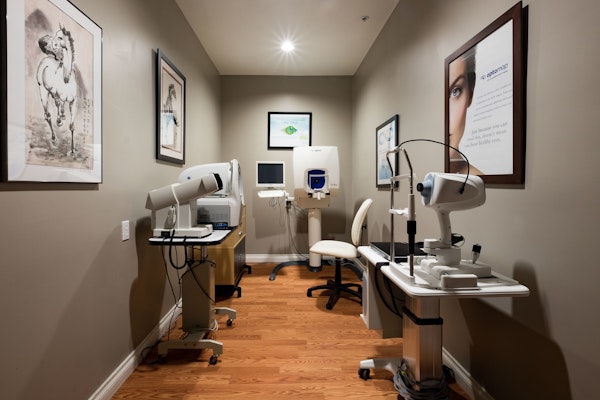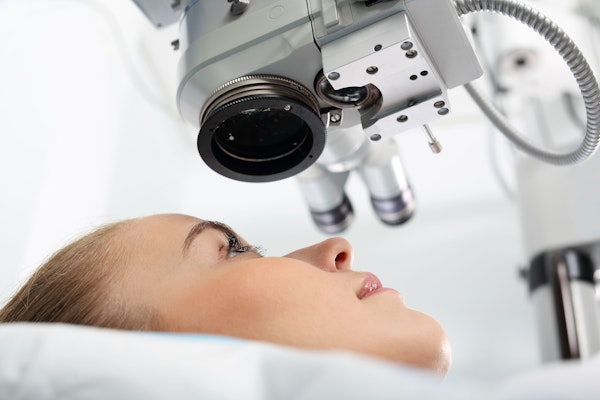Flap Complications After LASIK Surgery
 LASIK surgery is an increasingly popular option for people who are suffering from refractive errors. You may know these kinds of vision issues better by the terms myopia (nearsightedness), hyperopia (farsightedness), and astigmatism.
LASIK surgery is an increasingly popular option for people who are suffering from refractive errors. You may know these kinds of vision issues better by the terms myopia (nearsightedness), hyperopia (farsightedness), and astigmatism.
While optometrists and ophthalmologists have recognized the potential of LASIK to make positive impacts on people's lives, it's important that prospective patients also keep potential risks and complications in mind with regard to the surgery. This helps create realistic expectations about the surgery and keeps patient satisfaction level high. Right now, we want to consider flap complications after LASIK and what that may mean to patients.
About the LASIK Procedure
In order to discuss flap complications, it helps to consider the nature of the LASIK surgery itself. During the procedure, a small flap is created in the topmost part of the cornea (the epithelium). By creating this flap in the cornea, a LASIK surgeon is able to reshape the entire cornea and improve vision quality. The flap is then set back down at the end of the surgery to heal.
What is a flap complication?
A flap complication refers to cases in which the flap heals improperly following LASIK. This generally refers to small wrinkles forming in the corneal flap rather than the flap healing smoothly. These wrinkles are known as corneal striae and they have a negative impact on a person's overall vision quality.
Problems Linked to Flap Complications
The following vision problems are associated with flap complications following laser eye surgery:
- Irregular Astigmatism - When the corneal surface is uneven, this can lead to issues with ghost images and double vision.
- Epithelial Ingrowth - This refers to cells on the outside of the epithelium growing in the interior potion of the epithelium, which in rare cases can lead to blurry vision and soreness/discomfort in the eyes.
- Diffuse Lamellar Keratitis (DLK) - This condition refers to inflammation occurring beneath the epithelial flap, potentially affecting the healing process and causing loss of vision.
- Keratectasia (Keratoconus) - This outward bulging of the eye occurs when the cornea is weakened or if too much tissue is removed from the cornea.
Correcting Flap Complications
Many times these flap complications can be corrected through a corrective procedure. The exact surgery for you and your needs can be discussed during the consultation process.
Preventing Flap Complications from Occurring
The best way to prevent flap complications after LASIK is to follow your pre-op and post-op instruction to the letter. These ensure optimal conditions for healing. It's important to also consider the surgeon you go to for your surgery as complications tend to be less common when LASIK is performed by experienced, reputable eye care specialists.
Learn More About Your Options for Advanced Eye Care
If you would like to learn more about LASIK surgery and how it can be of benefit to you, be sure to contact our La Jolla eye care specialists today. Our entire team will go over all of your options for care and help you make the best possible decisions regarding the health and condition of your vision.









